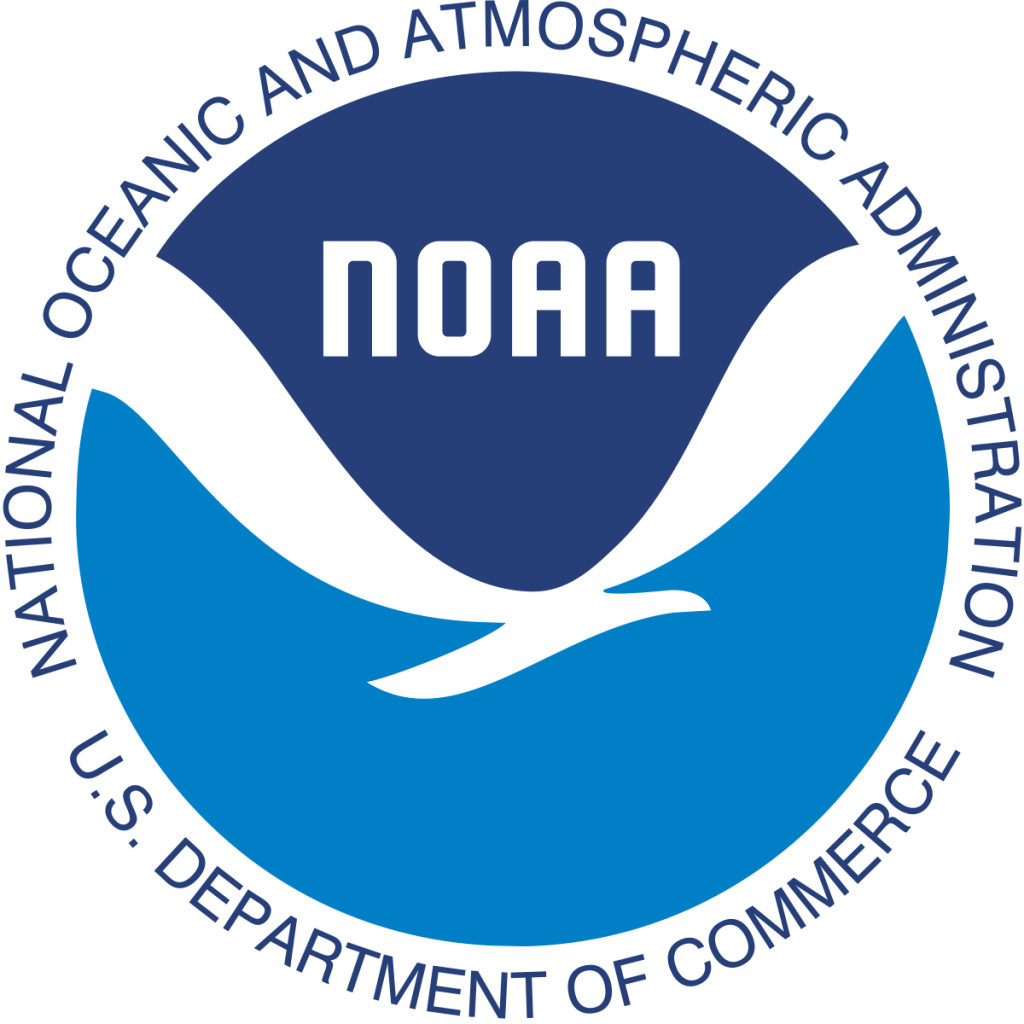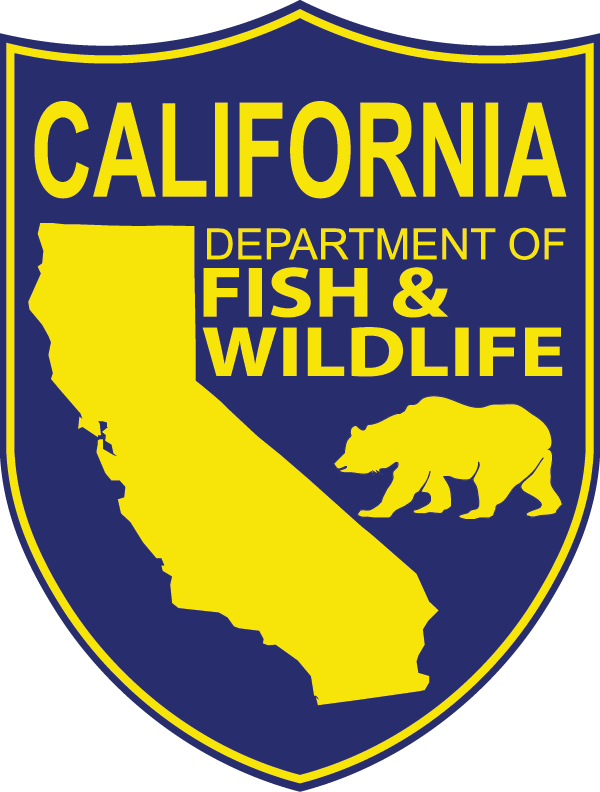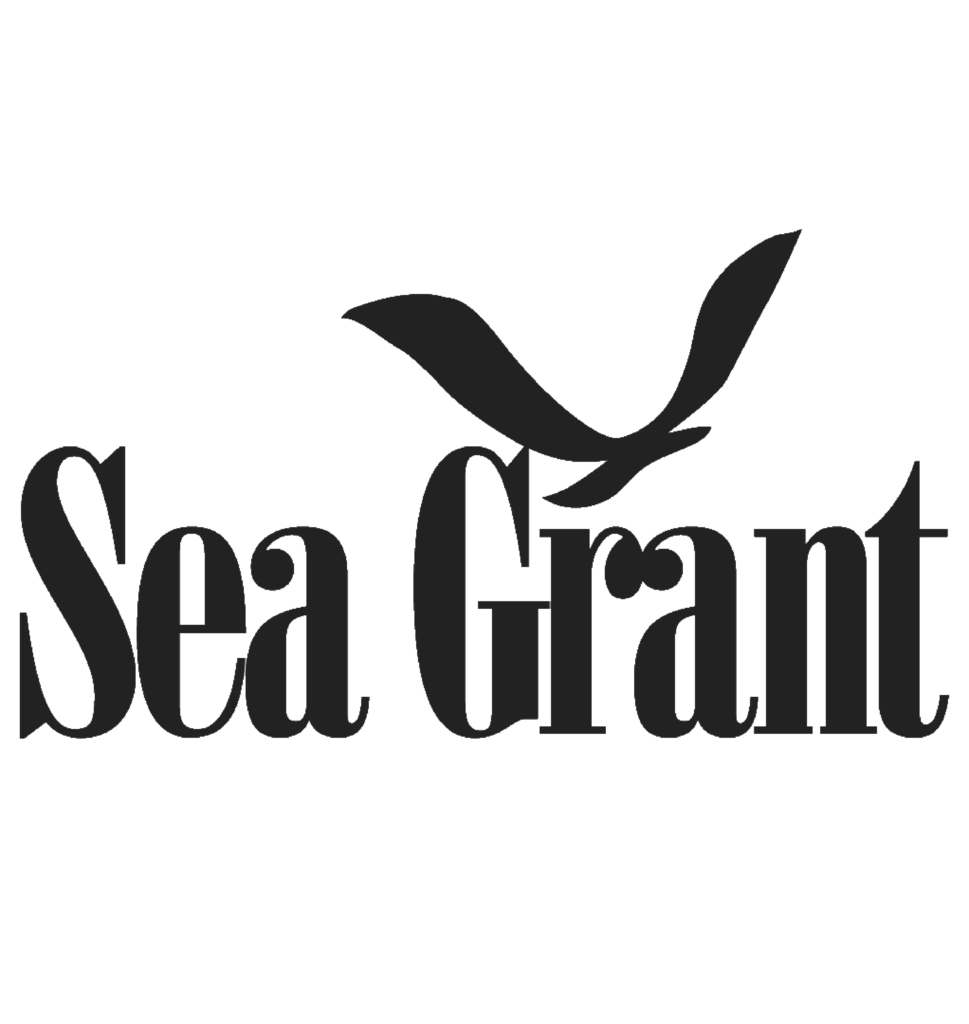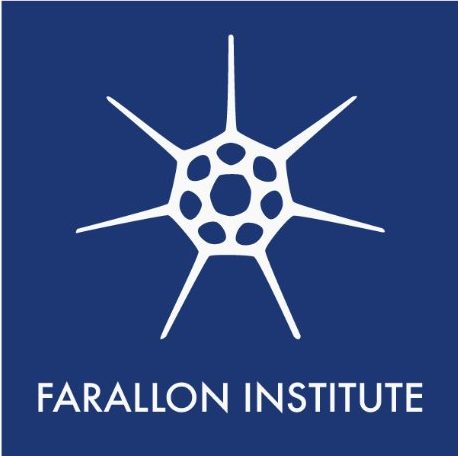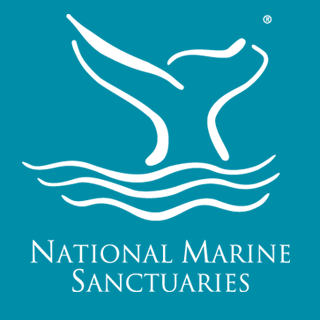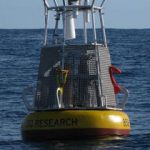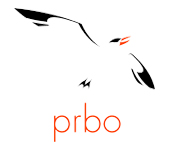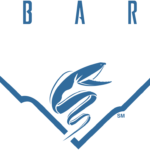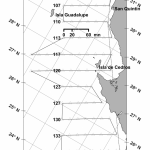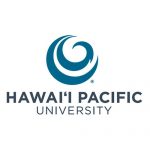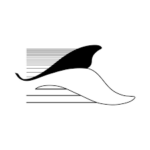Partners & Collaborators
The CalCOFI program is a collaborative that was founded by three organizations: National Marine Fisheries Service (NOAA), Scripps Institution of Oceanography (UC San Diego) and California Department of Fish & Wildlife. See below for information about these founding partners as well as information about CalCOFI’s many contributing and collaborating organizations. See our laboratories page for information about where CalCOFI oceanographic and fisheries samples are analyzed and archived.
Founding Partners
NOAA Fisheries contributes to the CalCOFI partnership by providing personnel, scientific research on the ecology of the California Current system, and funding for CalCOFI surveys and the CalCOFI Coordinator. NOAA Fisheries communicates the results of the scientific research on the fisheries, ecology, and oceanography of the CalCOFI surveys and related laboratory research to the scientific community and the Pacific Fisheries Management Council.
NOAA Fisheries, also known as the National Marine Fisheries Service (NMFS), is an office of the National Oceanic and Atmospheric Administration (NOAA), a bureau of the U.S. Department of Commerce. NOAA Fisheries is responsible for the stewardship of the nation’s ocean resources and for providing citizens, planners, and decision makers with reliable information.
Scripps Institution of Oceanography contributes to the CalCOFI partnership by providing personnel, scientific research on the oceanography of the California Current system, technical support for CalCOFI surveys, and funding for the CalCOFI Coordinator.
CalCOFI is part of the Integrative Oceanography Division at Scripps Institution of Oceanography, University of California San Diego. Scripps Institution of Oceanography is one of the most important centers for global earth science research and education in the world. Scripps scientists work to understand and protect the planet by investigating the physical, chemical, biological, and geological aspects of our oceans, Earth, and atmosphere to find solutions to our greatest environmental challenges.
The California Department of Fish and Wildlife’s Marine Region contributes to the CalCOFI Partnership as an active member of the committee, planning for annual meetings, assisting with research cruises, and providing funding for the CalCOFI Coordinator.
The Marine Region is responsible for protecting and managing California’s marine resources under the authority of statutes and regulations created by the State Legislature, the Fish and Game Commission (Commission), and the National Marine Fisheries Service. The Marine Region encompasses ocean waters bounded by the entire California coastline, approximately 1,100 miles from Oregon to Mexico, and three miles out to sea, including waters around offshore islands, bays, and estuaries. For species not covered under federal fishery management plans, the state’s jurisdictional boundary is the entire Exclusive Economic Zone (out to 200 nautical miles). Marine Region functions include monitoring, assessment, and management of commercially and recreationally harvested finfish and invertebrates and collaborative management of groundfish, salmon, coastal pelagic species, and highly migratory species under federal authority. It also engages in conservation and enhancement of habitats through management of the statewide Marine Protected Area network and oversight of the California Environmental Quality Act, CA Endangered Species Act, offshore renewable energy development, artificial reefs, and invasive species management.
Collaborative Programs
The California Current Ecosystem – Long-Term Ecological Research (CCE-LTER) program supports biochemistry and lower trophic level sampling. The CCE-LTER program (led by Drs. Mark Ohman & Katherine Barbeau), supported by NSF, has contributed ship time for net sampling on summer and fall SIO CalCOFI cruises, and has made measurements on CalCOFI cruises since the fall of 2004, to further characterize the biogeochemistry and lower trophic levels of the California Current Ecosystem. CCE-LTER also conducts process cruises within the CalCOFI grid with the goal of testing specific hypotheses suggested by the CalCOFI data set.
California Sea Grant supports translational research, program coordination, education, and outreach. California Sea Grant entered a partnership with CalCOFI in 2020, and supports CalCOFI’s research and education, outreach, and engagement through the Sea Grant Marine Ecology Research & Extension Specialist and CalCOFI Coordinator position. The Research & Extension Specialist and Program Coordinator works with agencies, nonprofit organizations, local businesses, and members of the California coastal community to identify emerging marine resource problems and opportunities, conduct applied scientific research, and share findings with key stakeholders and the community.
Southern California Coastal Ocean Observing System (SCCOOS) supports coastal data collection, management, and visualization. For the last 15 years, SCCOOS, a regional node of the US Integrated Ocean Observing System (IOOS), has provided partial funding to extend the standard CalCOFI 66-station pattern inshore for 9 additional stations on each survey, which has since been integrated into the Core CalCOFI program. At each of these approximately 20 meter deep stations, a CTD and Bongo net are deployed to collect data valuable for monitoring the nearshore environments of coastal California. These coastal stations enhance our knowledge of the nearshore fauna as well as the connectivity between nearshore and offshore marine habitats. Data available to date indicate that the original CalCOFI nearshore stations and more coastal SCCOOS stations sample a similar oceanographic environment. Today, SCCOOS supports the management and visualization of CalCOFI data through useful data products.
The Scripps Whale Acoustics Lab supports marine mammal observations. Since April 2004, the Scripps Whale Acoustics Lab at Scripps Institution of Oceanography (Drs. John Hildebrand & Simone Baumann Pickering) has added a visual and acoustic marine mammal survey component to the CalCOFI program to study cetacean ecology and habitat with support from the U.S. Navy. By integrating CalCOFI environmental and cetacean data, the Scripps Whale Acoustics Lab develops ecological models for cetacean habitat in the region offshore of southern California to improve our understanding of the role of cetaceans in the California Current Ecosystem and assist with Navy operations.
The Farallon Institute supports seabird observations. The Farallon Institute (Dr. Bill Sydeman) supports seabird observations on each spring, summer, and winter CalCOFI cruise to better understand seabird distribution and abundance in the California Current. These data are coupled with hydrographic and plankton data that are collected concurrently by the ship during survey transects, which provides researchers a snapshot of ecosystem conditions and biological community structure across several trophic levels.
Martz Lab, SIO
The Martz Lab supports sampling of the inorganic carbon system with support from CCE-LTER. Dr. Todd Martz at Scripps Institution of Oceanography supports the technology development, as well as the data collection, processing, and analysis of pCO2 and pH measurements aboard CalCOFI cruises. Currently, measurements are carried out using a pCO2/pH underway system built by Todd Martz, and bottle samples are taken at selected stations for the analysis of TCO2, TAlk and pH (previously collected by Andrew Dickson at SIO).
NCOG
The NOAA-CalCOFI Ocean Genomics (NCOG) program in partnership with J. Craig Venter Institute (JCVI) supports genomic sampling & analysis. The NCOG program began in 2014 to assay the diversity and distribution of microbes and other plankton. The ability to link analyses of microbial community structure and diversity directly to measurements of ecosystem indicators (e.g. productivity) will enable evaluation and prediction of microbial population and community dynamics. Thus, high-throughput DNA and RNA sequencing complements and augments oceanographic, biological, and biogeochemical observations in CalCOFI (e.g. Taylor et al. 2015, Venrick 2015). To date, conserved markers 16S and 18S have been amplified and sequenced from samples spanning all seasons, stations and depths during the 2014-2019 CalCOFI cruises.
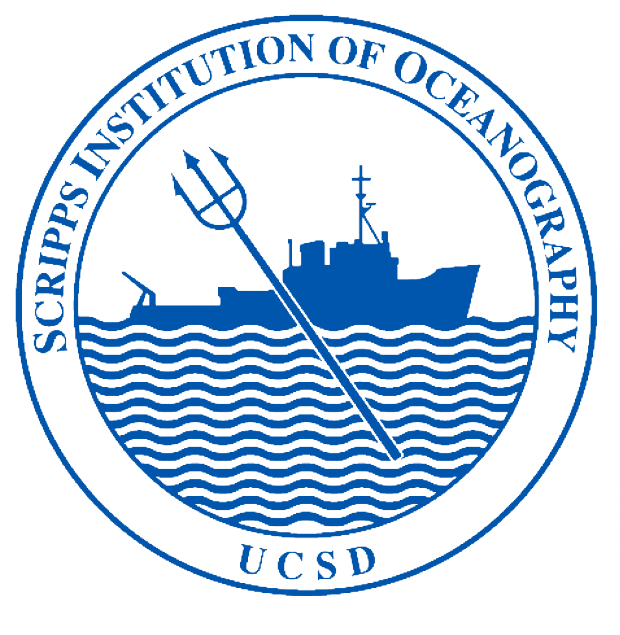
Terrill Lab, SIO
The Terrill Lab contributes to CalCOFI ship operations & student employment opportunities. The Terrill Lab provides some ship days for the CalCOFI program and the CalCOFI technicians help to deploy mini wave buoys on most CalCOFI cruises. The Terrill Lab also supported three undergraduate students to further develop a citizen science data collection application to enhance the spatial and temporal coverage of CalCOFI sampling through participatory citizen science.

Venrick Lab, SIO
The Venrick Lab contributes to phytoplankton sampling. CalCOFI has provided samples of preserved phytoplankton to E. Venrick who enumerates the larger phytoplankton using inverted microscopy to delineate community structure and its changes over space and time.
Channel Islands National Marine Sanctuaries contributes to the communication of CalCOFI data. CINMS and CalCOFI have developed a partnership to develop curated data views, data visualizations, and other communication tools in order to translate the CalCOFI data into a user-friendly, accessible, and visually appealing format.
